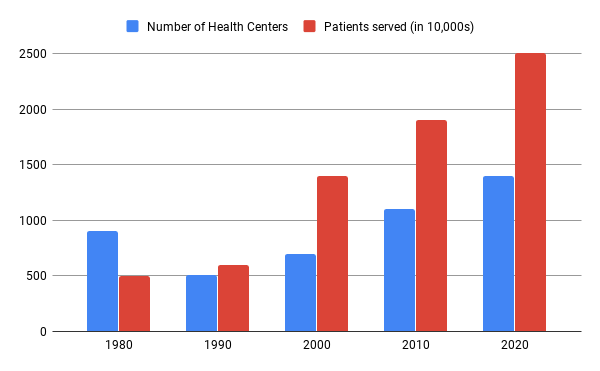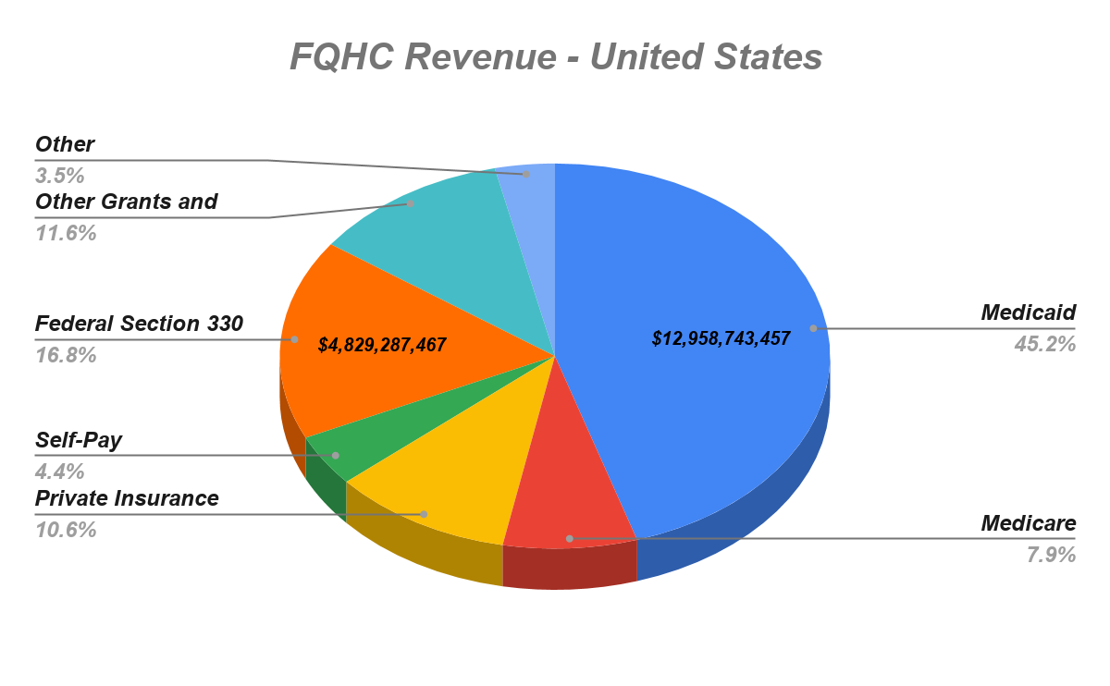What are Large Enterprise Hospitals?
Hospitals which have typically 500 or more beds are categorized as Large Enterprise Hospitals. They are capable of serving the broader needs of the community. Some larger hospitals offer a combination of acute and long-term care services while also providing research opportunities in some cases and accommodating a variety of specializations.
What is EMR Interoperability?
Large Enterprise Hospitals which are mergers or acquisitions tend to handle multiple EMRs. In such cases, facilities within the hospital will have to share patient information with each other. EMR Interoperability is the ability to effectively communicate health information electronically between different EMRs. There are essentially 2 fundamental components, ability to,
- Securely transport the data
- Interpret and use that data
Why is EMR Interoperability important for Large Enterprise Hospitals?
A patient may need to see a specialist in a different facility within the same hospital. In most cases, the EMRs will be different. EMR Interoperability will allow facilities to share the patient’s records in real time without compromising patient security or privacy. Providers, patients and insurers all benefit from increased access to the patient’s medical information.
Also, interoperability is an essential part of the Government’s Meaningful Use Stage 2 requirements. Meaningful Use Stage 2 will affect Medicare payouts for health care providers in stages, eventually leading to reduced payouts to all providers that take Medicare and do not follow the guidelines.
- Providers’ benefit – Providers within the large enterprise hospital will have easy access to patient records because of EMR interoperability. While referring patients, the referring provider can avoid hassles faced in sharing patient information. It will make the referral workflow a lot easier.
- Patient Benefits – EMR interoperability allows patients’ medical records to follow them throughout the healthcare system. Patients benefit from
- Increased access to their medical records
- Faster communication
- Better quality of care
Speedy transfer of information has a real impact on the patient’s health, as many conditions require immediate intervention to save the patient’s life or minimize long-term effects on their health.
- Cost Benefits – There is debate about how much EMR adoption and EHR interoperability will reduce the cost of healthcare. Some studies point to a reduction of upto $100billion/year. The primary cost savings result from reducing
- Malpractice lawsuits
- Hospital stays
- Patient visits
- Redundant or inapplicable testing
- Unnecessary procedures
In the past, healthcare providers viewed patient data as their property, unable or unwilling to share data with other providers outside their organizations. Today these barriers are coming down with benefits of all parties involved.
Major challenges faced in achieving EMR interoperability
The following are the challenges faced by healthcare stakeholders that prevent them from achieving true interoperability for optimal care delivery and improved patient health outcomes.
-
- Lack of a strategic approach to identify patients – There is no way to consistently identify a patient across multiple EMR systems. Patients give their name, date of birth, and other identifying data. As different EMR systems store this information in different ways, the data is prone to errors. There is a push towards having a unique patient identifier. This code could be used to categorically identify the same individual no matter in what EMR system the data is. Unfortunately, there is a long way to go before getting this functionality in place.
- No standardized way to measure and analyze the impact of EMR interoperability – It is difficult to quantify the cost, error rate and other issues caused due to the lack of interoperability. When there is no room for measurement, then there is no way of improving the process. Once providers can measure issues across the end-to-end healthcare supply chain, they can analyze problem areas, make improvements, and monitor how those changes are improving the quality of care and patient outcomes.
- Vendors Blocking Information or Charging Fees for Interoperability – Some EHR and healthcare system vendors are holding patient data for ransom. They charge fees for transmitting data outside the system, increasing operational costs and making providers less likely to send data to others in the healthcare supply chain. The government is acting to encourage interoperability, but not all vendors have taken this on board.
HealthViewX Patient Referral Management Features for Large Enterprise Hospitals
- Multi-channel referral consolidation – The HealthViewX solution can capture fax, phone, email, online form referrals or any other referrals in a single interface. It makes it easy to monitor and manage all channels of referrals in a single queue.
- Intelligent Provider Match – The HealthViewX “Smart Search” feature makes it easy for the referring provider in finding the right provider. It has smart filters and search options that help in narrowing down the specialist based on the requirements. This saves a lot of time for the referring provider.
- Insurance pre-authorization process – HealthViewX automates the insurance pre-authorization process. The provider need not coordinate with the insurance company for prior authorization. The HealthViewX solution will do it for them. This reduces the manual effort of the referral coordinators.
- Patient coordination framework – After finding the receiving provider, the referral coordinator refers the patient. When the receiving provider receives the referral, the provider will get notified of the referral. Even the patient will be notified of the referral. The receiving provider can schedule appointments based on the patient’s comfort. This will cut down patient no-show rates.
- Timeline View to track referrals – With the help of a referral status, the referring provider can get to know what stage the referral is. A timeline view shows a history of stages through which the referral has progressed. The chances of a referring provider missing out on referral updates are very less.
- Referral closure and feedback – The referring provider can close the referral when it gets completed. The receiving provider and the patient can give a feedback on the referral process to the referring provider. Thus the referring provider can make it easy for the other the next time.
- Referral Analytics – Helps in tracking the number of referrals and gives complete information about the referrals processed, missed, scheduled etc with the help of a Referral Data-centric Dashboard.
Are you a large enterprise hospital looking to solve EMR interoperability challenges? HealthViewX Patient Referral Management Software and seamlessly integrate with your existing EMR. Schedule a demo with us to know how we solve EMR interoperability issues!











